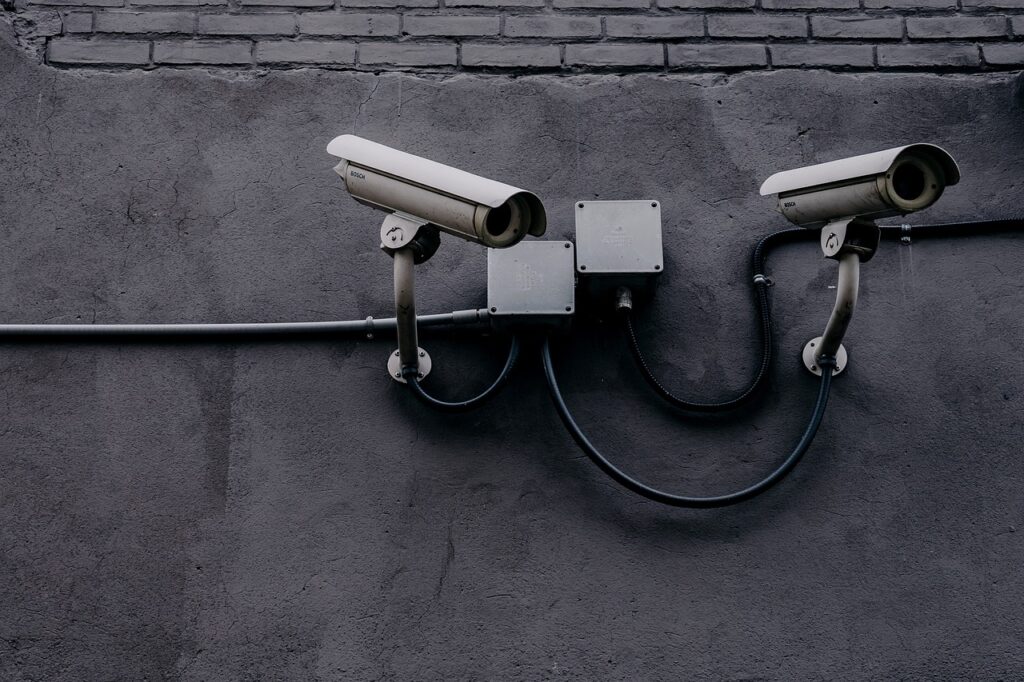In the world of cybersecurity, much of the attention tends to focus on the digital realm—viruses, malware, and hackers infiltrating networks. However, there’s another critical aspect that often gets overlooked: physical security. Physical penetration testing, or “physical pentesting,” is an essential practice that involves testing an organization’s physical barriers and security protocols to uncover vulnerabilities.
What is Physical Penetration Testing?
Physical penetration testing is a simulation conducted by security professionals to evaluate the effectiveness of an organization’s physical security measures. The goal is to identify and exploit weaknesses in physical defenses such as locks, security cameras, access controls, and alarm systems, as well as human vulnerabilities like susceptibility to social engineering.
Why It Matters
The consequences of ignoring physical security can be severe. Unauthorized access to secure areas can lead to data breaches, theft of intellectual property, sabotage, and even safety hazards. Physical pentesting ensures that security measures are not only in place but also effective against potential threats.
The Process of Physical Pentesting
- Planning and Reconnaissance: This initial phase involves gathering information about the target, such as building layouts, security systems, and employee routines. The pentester may use tools like Google Maps, social media, and public records to aid in this phase.
- Infiltration Testing: During this phase, the pentester attempts to bypass physical security controls. This could involve lock picking, tailgating (following someone through a controlled access point), or employing social engineering techniques to gain access or information.
- Exploitation: Once access is gained, the pentester explores the environment to access sensitive areas, documents, or data systems. This stage tests both the physical security measures and the organization’s response to an intrusion.
- Reporting and Recommendations: After the testing is completed, a detailed report is provided outlining the vulnerabilities found, the methods used to exploit them, and recommendations for strengthening security.
Ethical Considerations
Physical pentesting is conducted under strict legal and ethical guidelines. It is authorized by the organization’s top management, and everything is planned to ensure minimal risk and disruption. The testers operate under a “do no harm” principle, ensuring that their activities do not cause any damage or long-term security risks.
Conclusion
Physical pentesting is a critical element of a comprehensive security strategy. By understanding and testing the physical vulnerabilities of an organization, security professionals can develop more robust defenses, train staff more effectively, and implement security measures that protect both digital and physical assets. As cyber and physical worlds continue to converge, the importance of this type of testing will only grow, highlighting the need for businesses to adopt a holistic approach to security.
